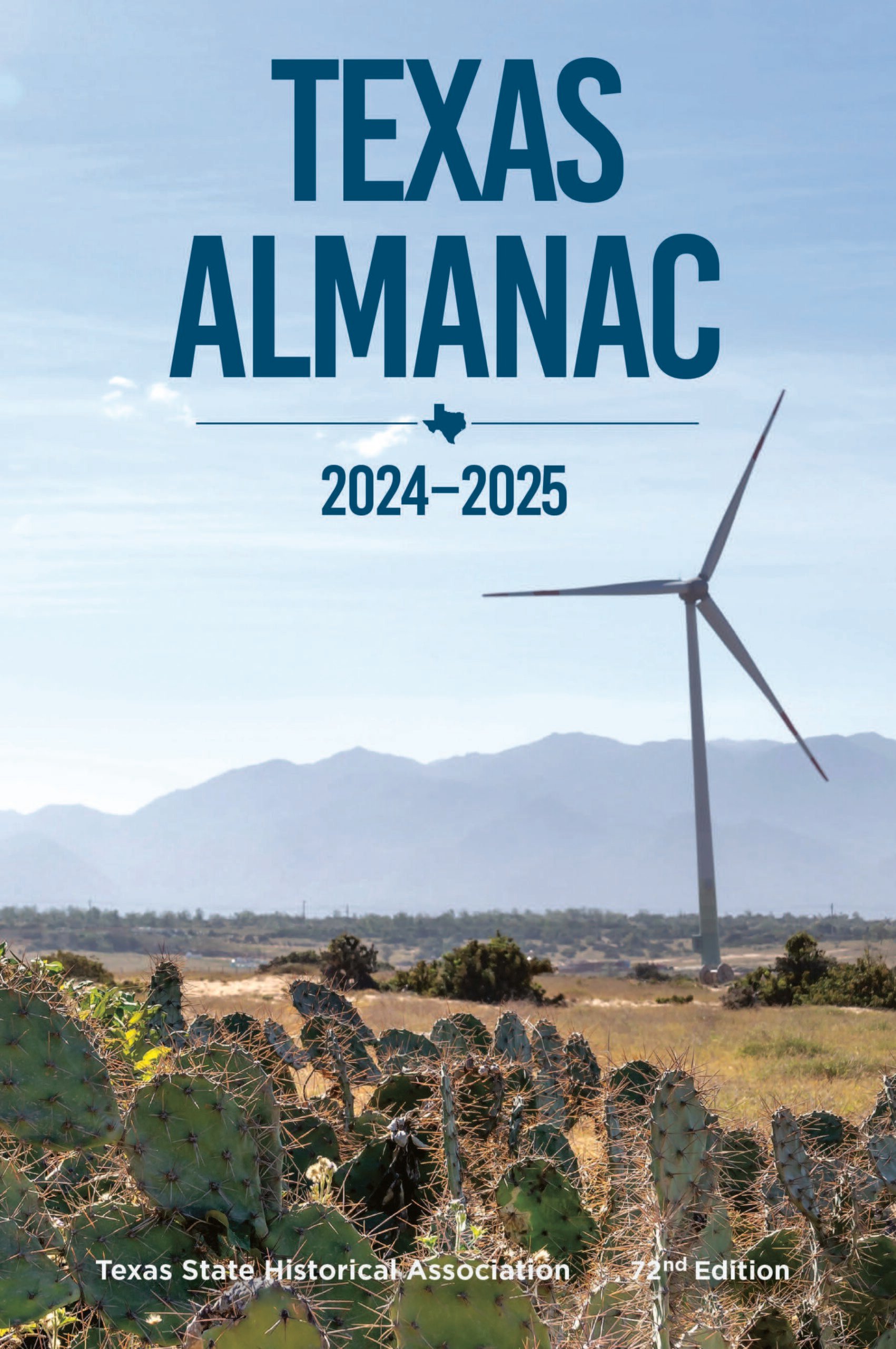Huntsville
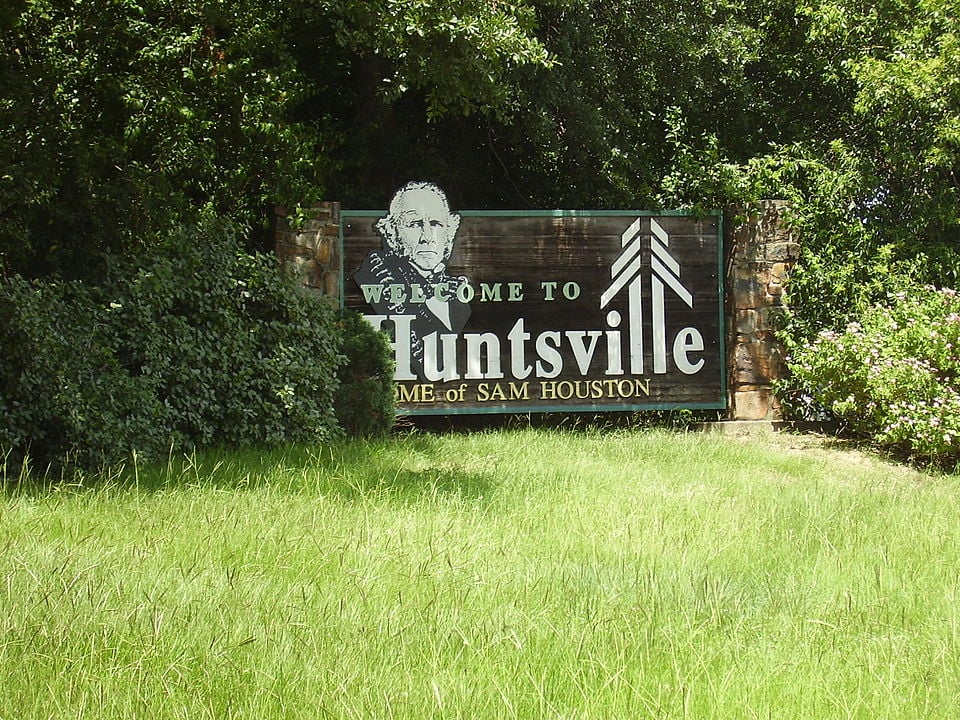
Huntsville, Texas.
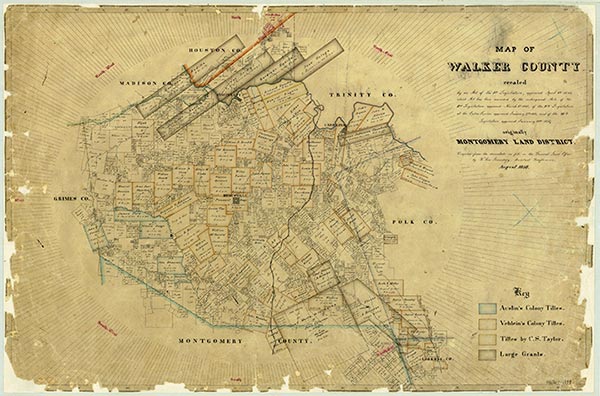
Huntsville, seat of Walker County, is at the junction of Interstate highways 45 and 75, U.S. Highway 190, and Texas highways 19 and 30 at the approximate center of the county (at 30°43' N, 95°33' W). It was founded in 1835 or 1836 by Pleasant and Ephraim Gray as an Indian trading post and was named for Huntsville, Alabama, former home of the Gray family. The city originally lay within the northeast section of Montgomery County, which was organized in 1837. It was designated the seat of Walker County when the county was organized in 1846. Huntsville acquired a post office on June 9, 1837, with Ephraim Gray as the first postmaster. The Grays' trading post was well situated to trade with the Bidai, Alabama, and Coushatta Indians. Relations between these groups and the early settlers around Huntsville appear to have been peaceful. As trade along the Trinity River grew and as colonists arrived to exploit timber and rich alluvial bottomlands, Huntsville became the center of increasing activity. The 1840s and 1850s saw the arrival of a few relatively well-to-do families from the Carolinas, Alabama, Mississippi, and Tennessee, along with larger numbers of yeomen. Visitors such as Gustav Dresel, N. Adolphus Sterne (a business associate of Alexander McDonald, who built the first brick building in the community), and William Bollaert recorded their impressions of early Huntsville, as did Melinda Rankin, an early resident. Huntsville was also the home of many prominent early Texans, including Sam Houston, Henderson King Yoakum, Samuel McKinney, Robert Goodloe Smither, and Anthony Martin Branch.
A number of newspapers made an appearance in Huntsville before the Civil War. They included the Montgomery Patriot (1845–46), the Texas Banner (1846–50), the Texas Medium (1852–56), and the Texas Presbyterian (1850–56). Three papers associated with the American (Know-Nothing) party appeared in quick succession in the mid-1850s: the Invincible Sun (1855?-56?), the Union Advocate (1856–57), and the Huntsville Recorder (1857). The Huntsville Item, which succeeded the Texas Banner in 1850, was still being published in 1991. During Reconstruction Huntsville was also the home of the Union Republican (1867–73).
Charles L. Dwyer, Gerald L. Holder | © TSHA

Adapted from the official Handbook of Texas, a state encyclopedia developed by Texas State Historical Association (TSHA). It is an authoritative source of trusted historical records.
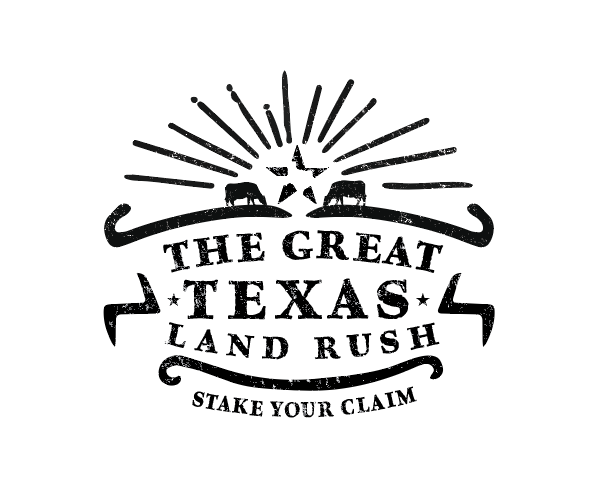
- ✅ Adoption Status:
Belongs to
Huntsville is part of or belongs to the following places:
Currently Exists
Yes
Place type
Huntsville is classified as a Town
Location
Latitude: 30.70480830Longitude: -95.55465900
Has Post Office
Yes
Is Incorporated
Yes
Population Count, 2021 View more »
46,288
Places of Huntsville
| Place | Type | Population (Year/Source) | Currently Exists |
|---|---|---|---|
| College or University | – | Yes |
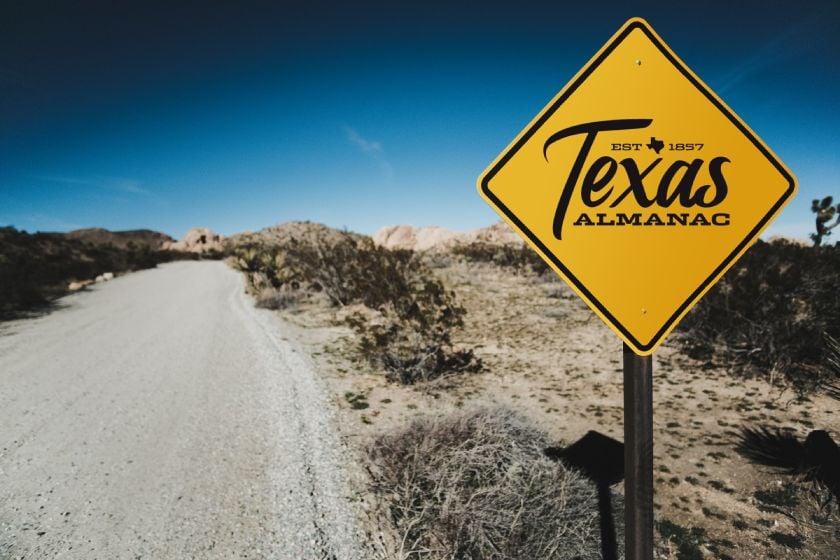
Proud to call Texas home?
Put your name on the town, county, or lake of your choice.
Search Places »

